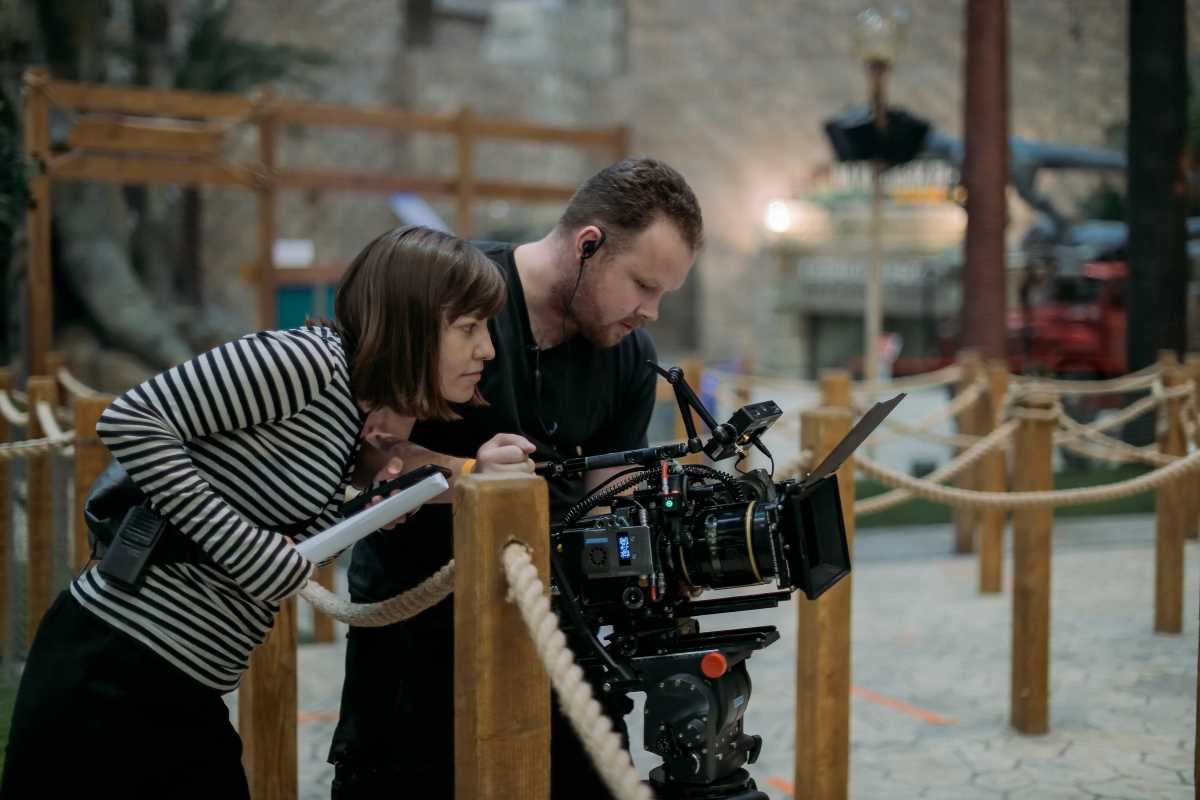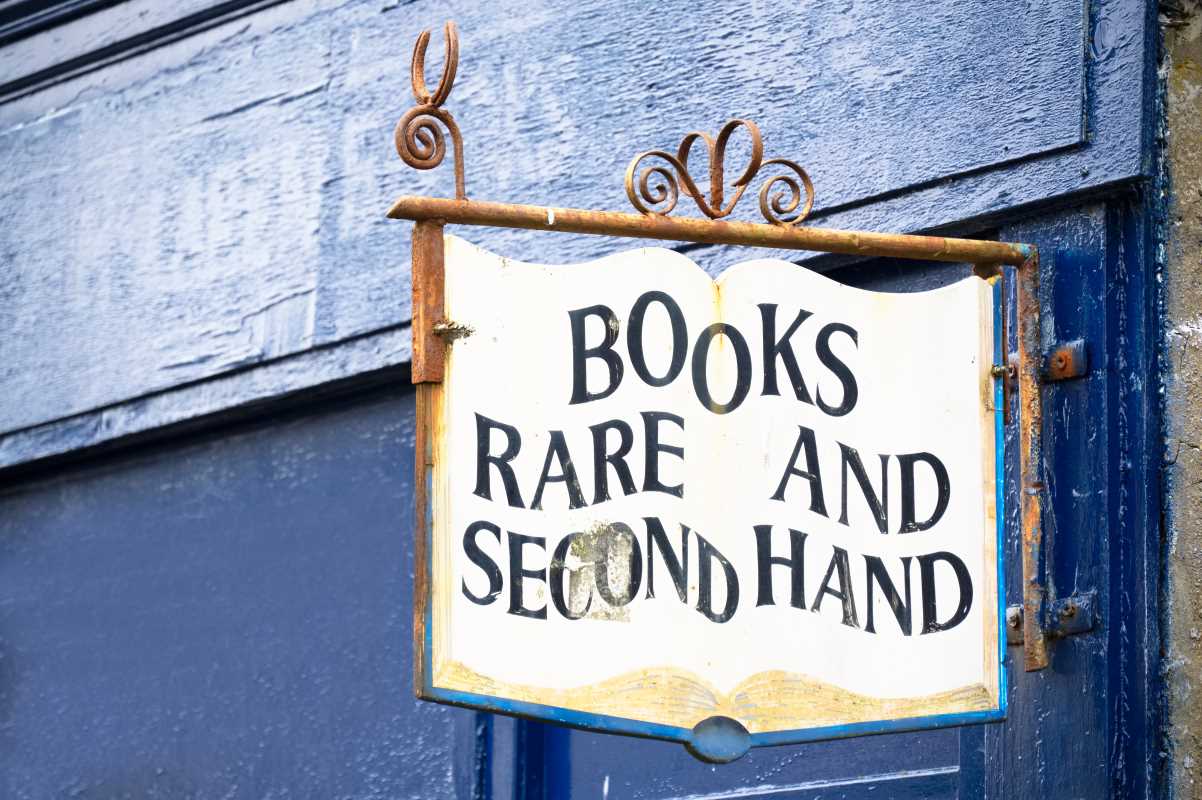When you think about movies that break new ground, blockbuster hits might come to mind. But in recent years, it’s been indie films that are truly shaking things up. These smaller-budget movies have been quietly rewiring the way stories are told on screen, using bold choices and cutting-edge techniques to captivate audiences. Indie directors, free from the expectations of big studios, often take creative risks that major filmmakers wouldn’t dare attempt. The result? Films that leave a lasting impact, not because of their budgets or star-studded casts, but because of their storytelling and artistry.
Indie films are challenging traditional ideas of what a movie can look like and how a story can be told. They’re experimenting with visuals, playing with formats, and proving there’s no single way to create a compelling story. With so many indie filmmakers making waves, it’s impossible to ignore how much they’re transforming the industry. Here’s a closer look at how indie films are pushing the boundaries of visual storytelling.
What Makes Indie Films Different?
Before we get into the how, it’s helpful to know what we mean by “indie films.” Indie, or independent, films are typically made outside the traditional studio system. That means they’re not backed by massive companies like Disney or Warner Bros. Instead, their funding comes from smaller investors or even crowdfunding. This lower budget can limit some aspects of production, but it also gives filmmakers the freedom to tell the stories they want without the pressure to follow cookie-cutter formulas.
Creative Freedom
One of the biggest advantages indie filmmakers have is creative control. Without studios dictating how their movies should look or feel, they can explore unique ideas and experiment with their craft. Whether it’s a new way of shooting a scene or an unconventional plot structure, indie filmmakers often go where mainstream movies can’t or won’t.
Breaking Hollywood Rules
Big-budget films often cater to the widest audience possible, which means they play it safe. Indie films, on the other hand, tend to focus on niche audiences and don’t shy away from difficult, experimental, or deeply personal topics. They also challenge typical storytelling techniques, giving viewers fresh and surprising experiences.
Using Visuals to Shape the Story
One thing indie films do incredibly well is using visuals to tell stories in ways that go beyond just showing what’s happening. They use cinematography, color, and composition to create mood, highlight emotions, and add depth to their narratives.
Playing with Cinematography
Indie filmmakers often experiment with camera work in ways big-budget productions can’t. For example, many indie films rely on handheld cameras to create an intimate, almost documentary-like feel. This draws viewers into the story, making them feel like they’re right alongside the characters. On the other hand, some indie filmmakers use long, uninterrupted shots to ramp up tension or highlight a moment’s importance.
Take the 2019 indie hit "The Lighthouse" by Robert Eggers. The film was shot in a square aspect ratio and black-and-white film, which gave it an old-fashioned, claustrophobic vibe. Every camera angle and frame was carefully planned to make the audience feel trapped with the characters, creating a feeling no other visual style could achieve.
Color as a Language
Colors aren’t just decoration in indie films; they’re an essential tool in the storytelling kit. Filmmakers use color schemes to create emotional undercurrents or hint at deeper themes. For instance, different hues might represent specific moods or character transformations.
The critically acclaimed film "Moonlight" by Barry Jenkins used color masterfully to show the different stages of its main character’s life. With soft blues, vivid yellows, and deep shadows, the film created a world where the visuals spoke as much as the dialogue.
Visual Symbolism
Indie directors know how to use objects, settings, and even lighting as symbols. For example, in Greta Gerwig’s "Lady Bird," the recurring scenes of Sacramento’s skyline and suburbs weren’t just pretty shots. They represented the main character’s feelings about her hometown and her longing for something bigger. These subtle choices give the visuals more weight, encouraging the audience to interpret and engage with the story on a deeper level.
Breaking Narrative Conventions
Indie films aren’t just rethinking visual styles; they’re also throwing traditional storytelling rules out the window. They’ve shown that movies don’t need to follow a neat, three-act structure. Instead, they can surprise and challenge audiences.
Nonlinear Storytelling
Many indie films experiment with nonlinear storytelling, meaning they don’t tell events in chronological order. Instead, they might jump between past, present, and future, letting the viewer piece the story together. This approach can make a film feel more personal and emotional.
For example, in "Memento" by Christopher Nolan, the story unfolds backward. The unusual structure mirrors the main character’s memory loss, helping audiences feel his confusion and frustration.
Character-Driven Plots
Indie films often focus more on characters than on action-packed plots. The stories may be quieter and slower, but they dig deep into what makes people tick. This focus on character development creates a connection between the audience and the film’s themes.
Think of Chloé Zhao’s "Nomadland", which follows a woman living as a modern-day nomad. The sweeping landscapes are beautiful, but it’s the quiet, contemplative scenes that stay with you. Rather than chasing big twists or shocking endings, the film delivers an emotional, human-centered experience.
The Role of Technology in Indie Filmmaking
Technology has played a huge role in the rise of indie films, allowing creators to achieve stunning visuals even on small budgets. Digital cameras, editing software, and visual effects have leveled the playing field, giving indie filmmakers tools to rival big studios.
Shooting on a Budget
High-quality digital cameras have made it possible to capture cinema-worthy footage without the need for expensive equipment. This is a game-changer for indie filmmakers, allowing them to experiment with different visual styles without breaking the bank.
Virtual Effects and Animation
While visual effects used to be a luxury reserved for big-budget films, they’re now accessible to indie creators. This means smaller productions can still create dreamlike sequences, surreal landscapes, or futuristic worlds. Take the indie film "Swiss Army Man" for example. It blends imaginative visuals with quirky storytelling, pushing the limits of what’s possible in a low-budget movie.
Indie Films and Representation
One of the most exciting aspects of indie filmmaking is its commitment to showing underrepresented perspectives. Indie directors can tell stories that reflect real-world diversity, offering a platform for voices often unheard in mainstream cinema.
Diverse Storytellers
From race and gender to sexuality and culture, indie films often explore themes that mainstream movies overlook. Directors like Lulu Wang ("The Farewell") and Taika Waititi ("Jojo Rabbit") are bringing authentic voices to the forefront, giving audiences new ways to connect with the world.
Telling Smaller, Personal Stories
Indie films often focus on specific communities or personal experiences, creating an intimacy that big-budget movies can’t match. These smaller-scale stories feel honest and raw, making them hugely impactful.
 (Image via
(Image via





